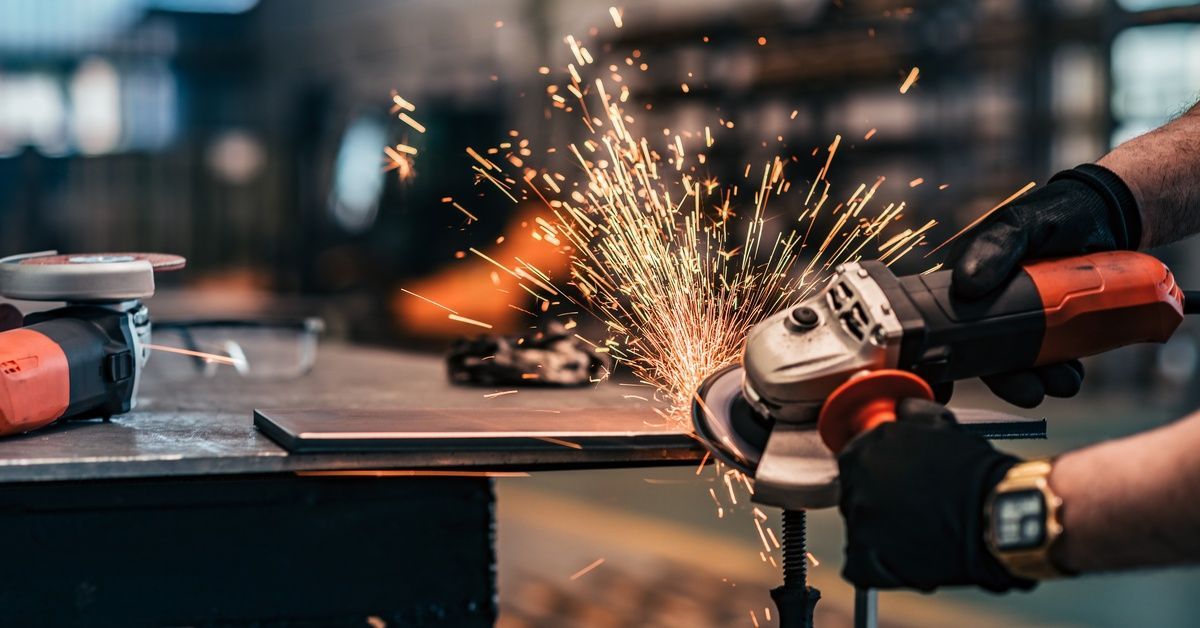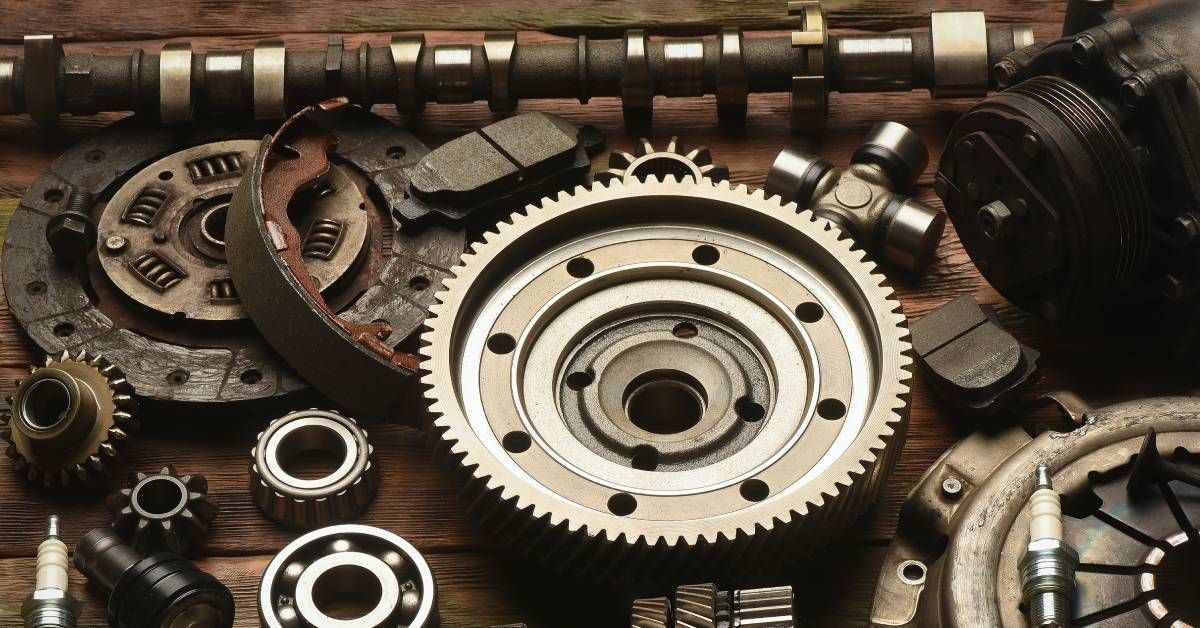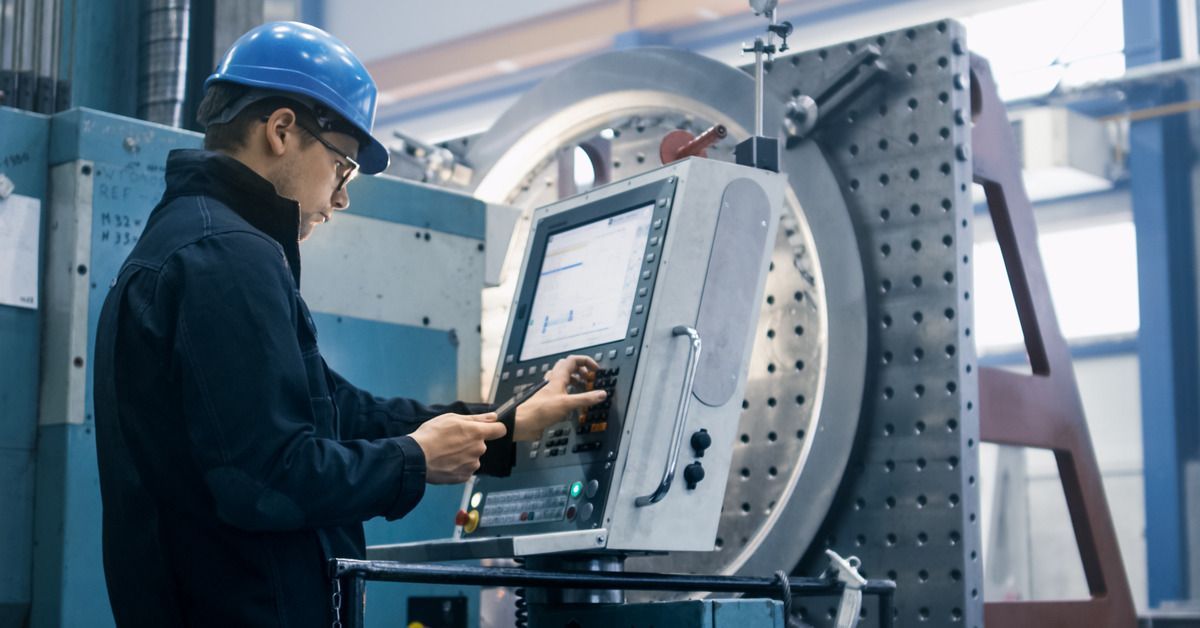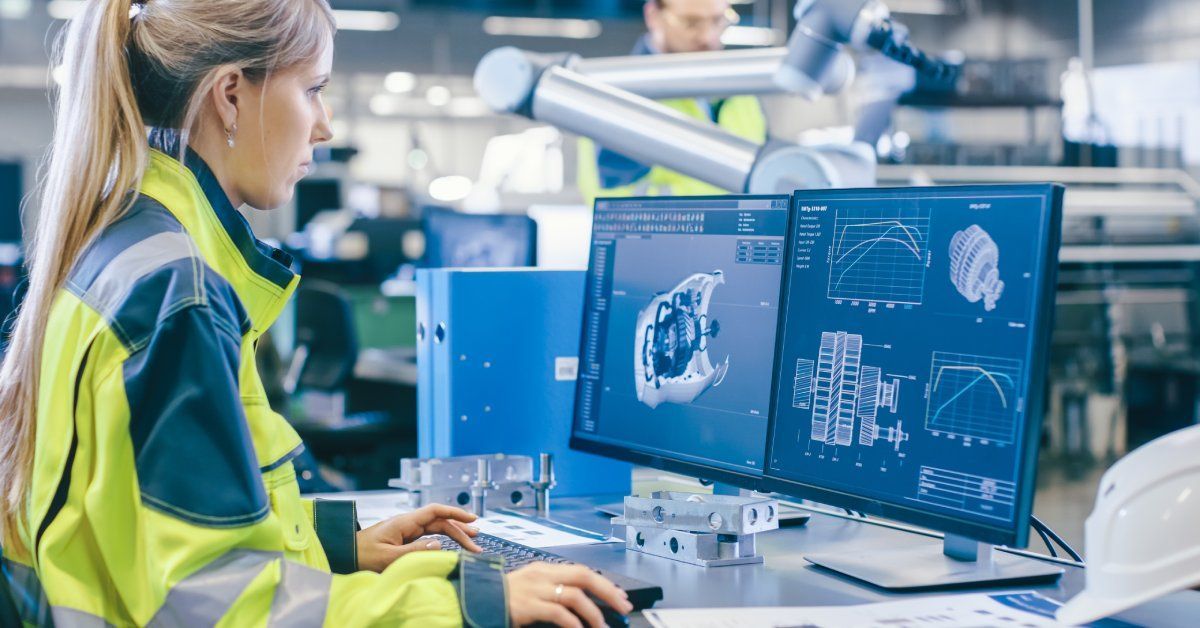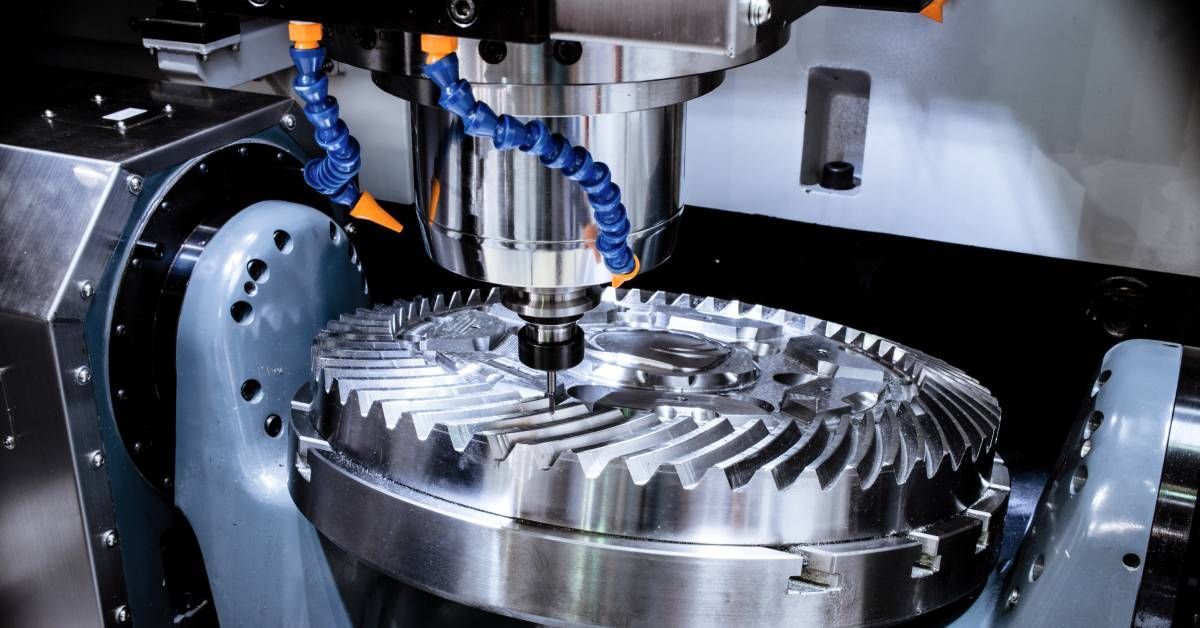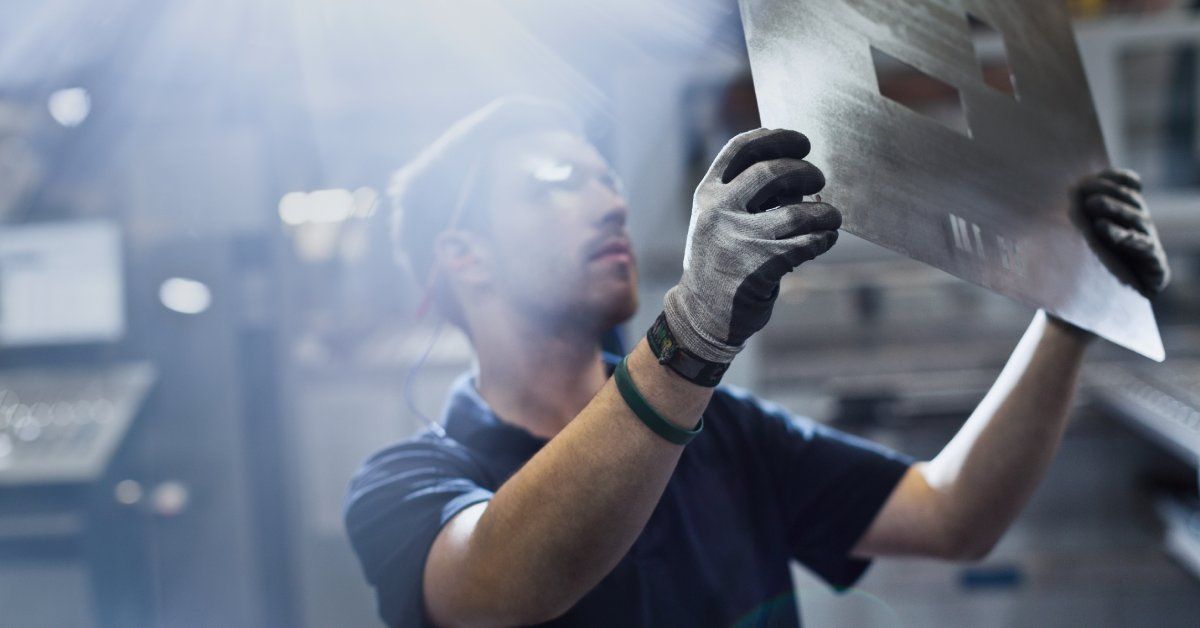Explained: 3 Different Types of Metal Fabrication
Metal fabricators are responsible for the creation of metal structures and components. Fabrication involves cutting, bending, and assembling metals to produce parts and structures.
Understanding metal fabrication is vital for manufacturers to achieve efficiency and innovation in their operations. Take a closer look at the different types of metal fabrication explained to understand the various options.
Cutting
Cutting focuses on dividing metal sheets into smaller sections. Fabricators use several methods in the cutting process. Sawing involves using a blade to cut through metal. Although suitable for a variety of metals, it can be slower compared to modern techniques.
Shearing involves using a shear machine to apply a large force to make precise cuts. Another advanced method is laser cutting, which uses a high-powered laser to cut through metal with unparalleled precision. It allows for the creation of intricate designs, which is beneficial for complex projects.
At H&H Machine Service, our custom machine services involve a wide range of techniques and technology, including CNC machining. This is another modern solution for producing accurate cuts and a wide range of intricate designs.
Forming
Cutting materials requires removing metal from a workpiece to craft designs. This type of metal fabrication highlights options where you don’t have to remove material at all. Forming involves altering the shape of metal without removing any material.
In this process, fabricators apply force to a metal sheet in order to create an angle or curve. Forming is common for creating parts for the automotive, aerospace, and construction industries.
Rolling passes metal through rollers to reduce thickness or alter the cross-sectional area, which is essential for producing metal sheets and structural components. Stamping, on the other hand, uses a press to imprint shapes onto metal and is suitable for mass-producing components like automotive parts and household appliances.
Welding
Welding is one of the most critical processes in metal fabrication, offering the ability to create strong, permanent joints between metal components. This technique involves melting the edges of materials, often supplemented by a filler material, to form a cohesive bond upon cooling.
Welding methods include TIG (tungsten inert gas) and MIG (metal inert gas) welding. Each is suited to different applications and material types.
In the construction industry, welding is essential for building frameworks, bridges, and pressure vessels. The automotive industry relies on this fabrication process for manufacturing vehicle frames, body panels, and exhaust systems.
Metal fabrication is a multifaceted field with numerous techniques and materials tailored to specific manufacturing needs. Understanding these processes and staying aware of technological advancements is essential for manufacturers to remain competitive and innovative. Leverage these cutting-edge technologies and practices to optimize your operations and produce high-quality products.


